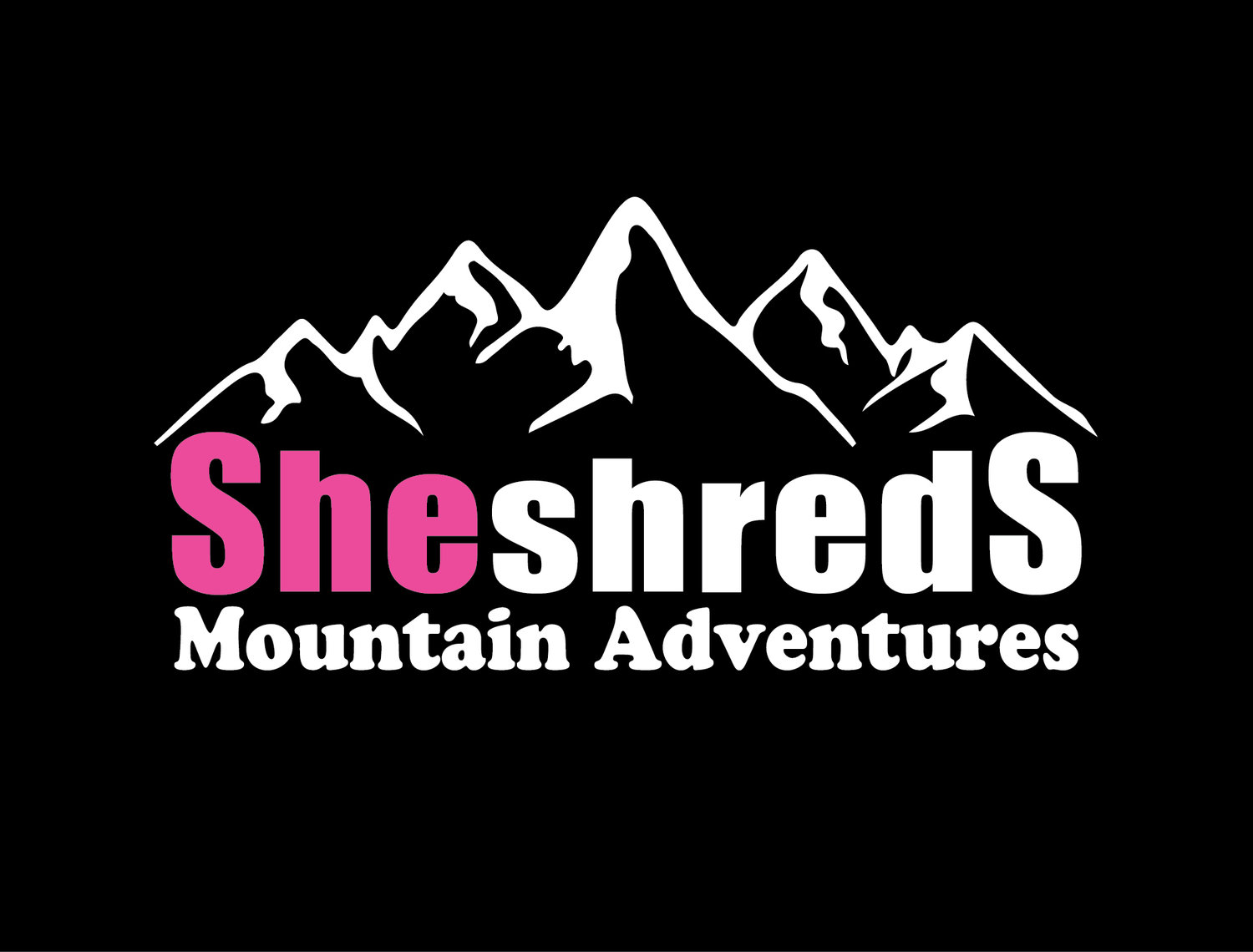I’m hot! I’m sweaty! I’m cold! My nipples are hard! I’m sweaty again! I’m cold again! Sounds about right, I mean WRONG!, on a typical sled shred day in the mountains if you’re not layering properly! May as well make yourself a happy & comfortable sledder when your body goes through all the temperature changes on a typical day of sledding in the mountains! What’s the secret to staying warm? You want to help regulate your body temperature to a comfortable warm temperature all day, and the only way to do this is with layers.
Layer 1 – The Base Layer
This is probably the most important layer of them all. This is a layer that is worn against your skin as a 1st layer. Its job is to wick all the moisture/sweat off your body to evaporate. The best fabrics for this are synthetics (polyester) or merino wool. Do not wear cotton, it will stay wet and once you stop moving you will get very cold. Its best to wear a snug fit size that isn’t constricting. Examples of Klim’s base layers are the Solstice 1.0, 2.0 and 3.0.
Layer 2 – The Mid Layer
This layer traps your body heat from escaping to keep you warm, moves the moisture from the base layer out and adds insulation. Materials like fleece, wool and down are perfect for this layer. Mid layers should be roomy enough to fit the base layer and allow you to move without constraint but still somewhat snug to not let your body heat escape. If you’re a person that runs cold, don’t be afraid to wear multiple mid layers such as a fleece and a down jacket under your non insulated shell (3rd layer). It’s always easy to shed a layer and put it back on when needed. Examples of Klim’s mid layers are the Sundance Jacket, Waverly Jacket and Evolution Hoodie.
Layer 3 – The Outer Layer aka the Jacket!
The shell protects you from the snow, wind, sleet and rain! The most important about this layer is that its breathable and waterproof and must allow the moisture from your inner layers to escape. Gore-tex material does a real good job at this but take into consideration, as breathable as Gore-Tex is, when you REALLY get all shweaty and overheated, it cant quite keep up. This is why vents are a very important feature in and backcountry piece; they are designed to exhaust heat as much as they are to let cold air flow in. Exhausting heat when resting is key to effective layering. The jacket can be a little looser fit if you like that look, but make sure it’s not too loose where all your body heat escapes.
Klim has created the best of the best on the market year after year for functionality, durability and fashion. Proper layering does have a level of “personal responsibility” though. We’re all different (and you can see this in the Klim Backcountry Team Chart I created below). It’s the riders’ responsibility to figure out what layering system works best for them in different weather conditions. All Klim can do is offer the tools to help you figure this out and manage it every day you ride. If you’re cold, wet, hot, it’s never the gears fault, it’s your own fault for not dressing appropriately for your body and weather conditions.
Here are a couple top combo picks the Klim team uses in different temperatures:
Julie-Ann Chapman
Please take note the reason I don’t suggest an insulated jacket in the mountains is because they are very often too hot of a jacket. You end up sweating more without the option to shed a layer and then you get cold because you are wet. If you are a person that runs very cold all the time and don’t sweat, an insulated jacket may work for you though!
Temperature 0C to -8C (32F to 17F)
Base Layer:
Klim Solstice 1.0 (if I’m feeling warm) Solstice 2.0 (if I’m feeling cold or if there is a lot of wind) pant & shirt
Mid Layer:
Klim Sundance or Waverly Jacket
Jacket:
Klim Ripsa Onsie
Temperature -8C to -15C to -8C (17F to 5F)
Base Layer:
Klim Solstice 2.0 (if I’m feeling warm) Solstice 3.0 (if I’m feeling cold or its windy) pant & shirt
Mid Layer:
Klim Sundance or Waverly Jacket
I’ll wear the Waverly jacket under my shell at times I’m stopped (like at lunch) and maybe sometimes at the end of the day going back to the truck. If I’m not wearing it it’s in my pack easy access to put on if needed.
Jacket:
Klim Ripsa Onsie
Model Julie Kelly in the Solstice base layers and Waverly Vest
Temperature -15C to -20 + C (5F to -4F)
Base Layer:
Klim Solstice 3.0 pant & shirt
Mid Layer:
Klim Sundance or Waverly Jacket
I’ll wear the Waverly jacket under my shell most of the day if it’s this cold.
Jacket:
Klim Ripsa Onsie. I may even consider a lightly insulated jacket like the Allure Jacket and pant if it’s this cold.









